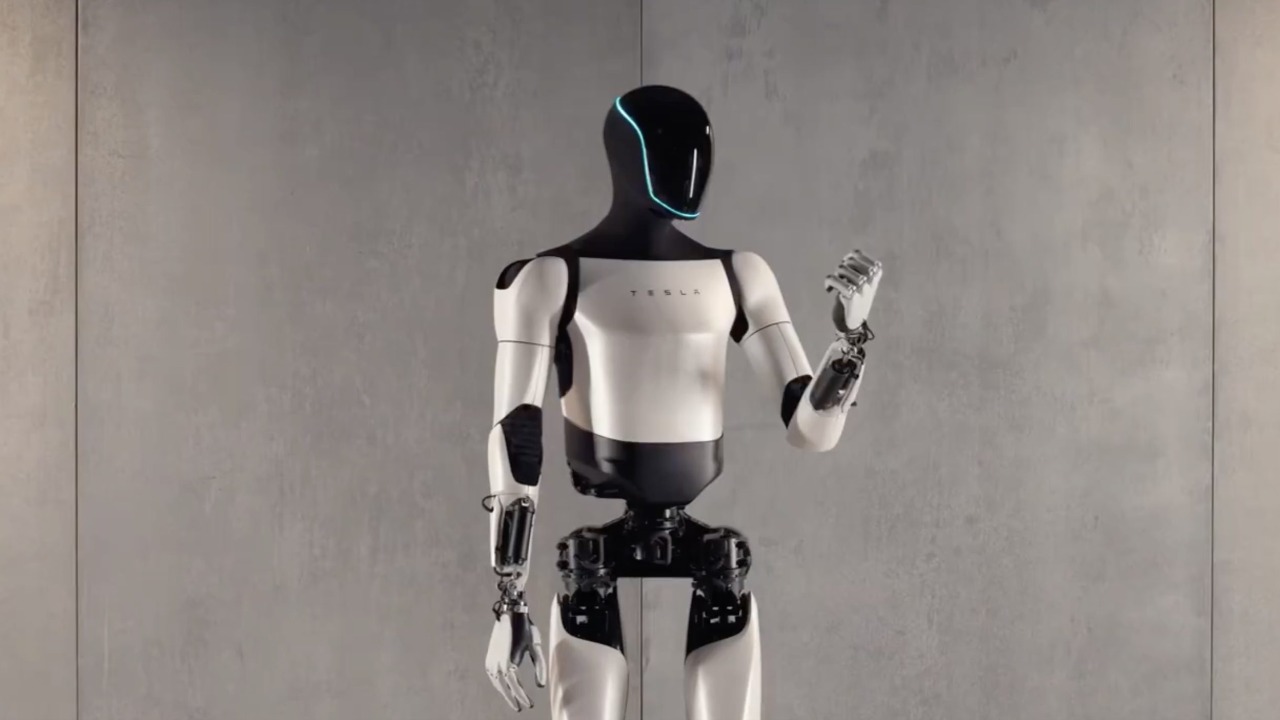
Elon Musk, the visionary behind Tesla and SpaceX, has recently proposed a provocative idea for his Optimus robot: following criminals around to ensure they never offend again. This bold concept, reported on November 12, 2025, ties into Tesla’s ambitions in humanoid robotics and AI-driven surveillance in law enforcement, sparking debates about the intersection of technology and justice systems.
Elon Musk’s Remarks on Optimus and Crime Prevention
Elon Musk’s statement that his robot could follow criminals around to prevent reoffending is a bold proposal that has stirred up discussions about the potential societal roles of AI and robotics. The timing of this comment, reported on November 12, 2025, coincides with broader updates on the deployment of Tesla’s Optimus robot. Musk envisions Optimus as a tool for perpetual monitoring, leveraging its humanoid design to track individuals in real-world scenarios. This concept is a testament to Musk’s futurist outlook, where robots could play a significant role in enforcing compliance and maintaining law and order.
Background on Tesla’s Optimus Robot
The Optimus robot is Tesla’s foray into the realm of general-purpose humanoid robots. Designed to perform tasks beyond factory settings, Optimus is intended to assist in everyday scenarios. Key features such as mobility and AI integration enable the robot to follow and observe individuals without fatigue, making it a potential tool for criminal surveillance. Musk has previously tied Optimus to societal problem-solving, setting the stage for its application in the criminal justice system.
Implications for Criminal Surveillance
Theoretically, Optimus could provide 24/7 monitoring of offenders, potentially reducing recidivism through its constant presence. This raises several logistical questions, such as how the robot would be deployed in urban or rural locations to track released criminals. The idea of robots enforcing compliance in real-time scenarios aligns with Musk’s futurist outlook, but it also opens up a host of ethical and legal considerations.
Technical Feasibility of Robot Tracking
Optimus’s AI capabilities for navigation and person-specific recognition could enable it to maintain proximity to targets. Integration with existing technologies like GPS or facial recognition could facilitate accurate, non-intrusive tracking. However, challenges such as battery life and environmental adaptability could pose hurdles to sustaining long-term surveillance. These technical considerations will be crucial in determining the feasibility of Musk’s proposal.
Ethical and Legal Considerations
Constant robotic oversight of individuals post-conviction raises significant privacy concerns. Legal hurdles include rights to freedom of movement and the potential for misuse in non-criminal contexts. Musk’s statement serves as a flashpoint for broader debates on the role of AI in policing and the need for regulation. As technology continues to advance, these ethical and legal considerations will become increasingly important.
Public and Expert Reactions
Initial responses to Musk’s comment have been mixed, ranging from praise for the innovation to fears of a dystopian future. Criminologists have weighed in on the debate, questioning whether robotic guardians could humanize or dehumanize the process of rehabilitation. Amid these diverse perspectives, there have been calls for ethical guidelines in deploying Optimus for justice-related roles. As the discussion continues, the societal implications of Musk’s proposal will remain a topic of intense scrutiny.
Elon Musk’s vision for Optimus in crime prevention is a bold and provocative idea that underscores the potential of AI and robotics in societal roles. However, it also raises important questions about the ethical, legal, and technical implications of such a concept. As we continue to explore the intersection of technology and justice systems, these considerations will be crucial in shaping the future of AI-driven surveillance.
More from MorningOverview